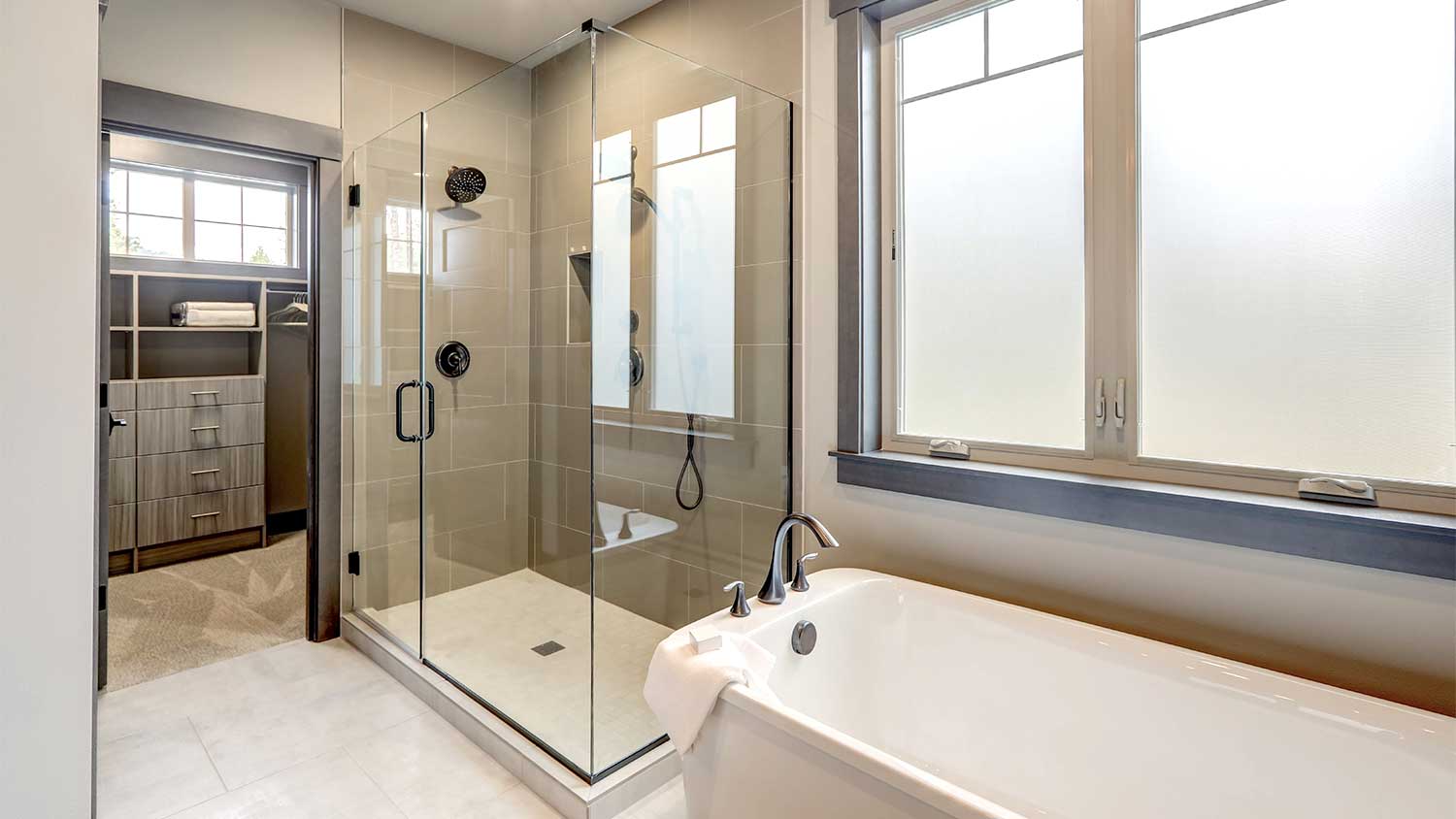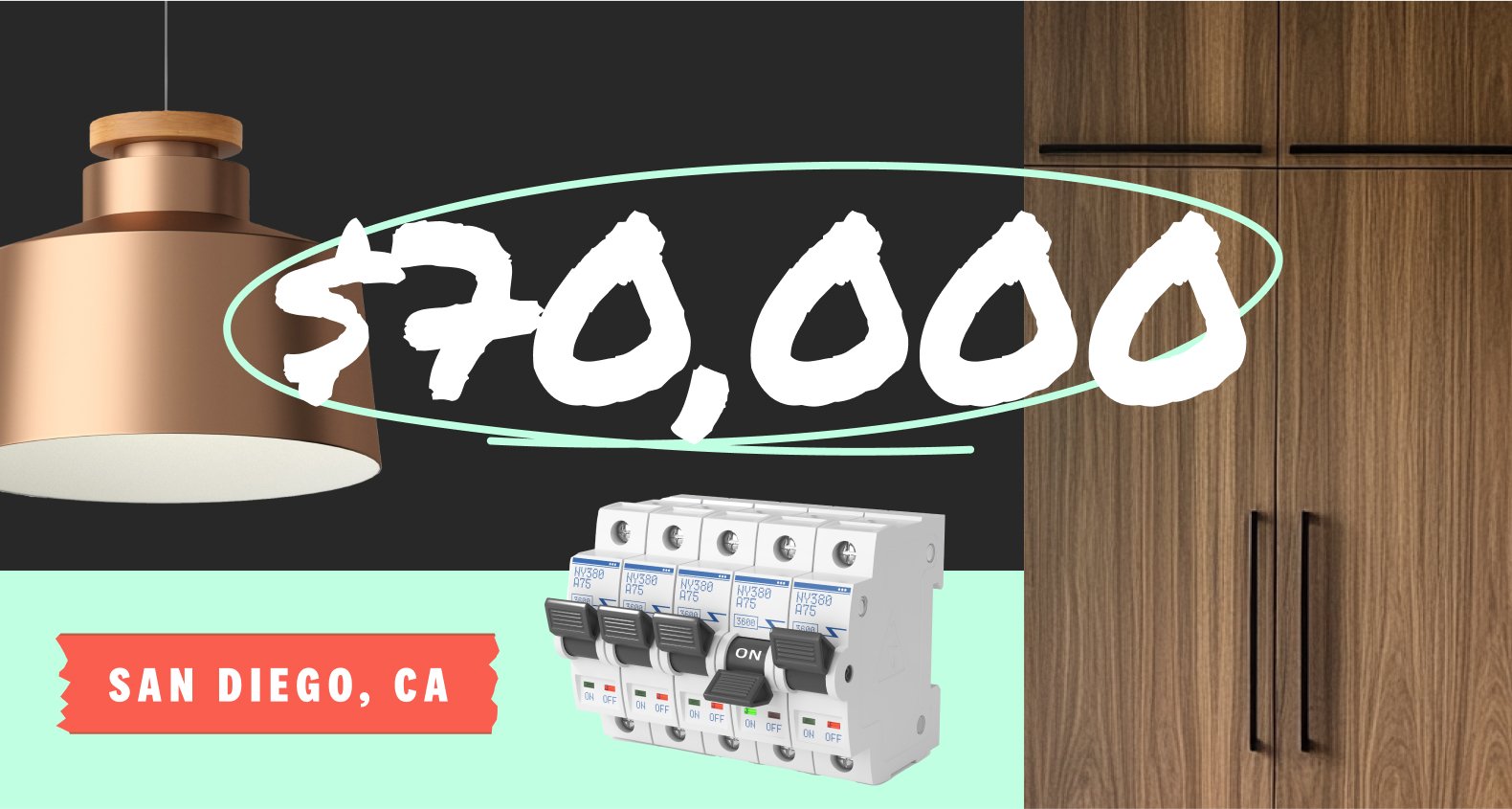Should You Get Kitchen Drawers Or Pullout Shelves?
Rollout drawers and cabinets can be the answer to your kitchen organization needs


Does your kitchen need drawers or cabinets with rollout shelves? Choosing which to install when remodeling your kitchen can be tricky. To help you make the call, decide on the factors that are most important to you, like storage space, ergonomics, and options. Then read on to see which format wins out for each. And remember—you can always opt for a combination of drawers and pullouts.
Whatever you decide, keep in mind that drawers are best for base cabinets only, since you won’t be able to see their contents if they’re in upper cabinetry. Also be aware that there’s no general rule when it comes to the price difference between drawers and cabinets with rollout shelves. So, cost shouldn’t be a factor here.
Ergonomics: Drawers
It takes only one step to access drawers. All you need to do is pull them out; whereas with rollouts, you need to open cabinet doors and then pull out the trays. Plus, since the trays have low sides, items can fall out or get stuck relatively easily. When that happens, you’ll need to bend over, find the items, and put them back on the trays. Since drawers are deeper and more contained, they hold items better.
Visibility and Accessibility: Rollouts
For the most efficient, organized kitchen, rollouts make a lot of sense. With pullouts, you’ll be able to see items from all sides, rather than just the top. You’ll also be able to view all items, including those at the very back. Plus, it’s easier to remove items from pullout trays. With drawers, on the other hand, you’ll look down on their contents, so will see only the tops of items. Plus, it’s tricky to view objects placed at the very backs of drawers. For these reasons, rollout trays can be the smartest choice for pantries, especially with goods where it’s important to see the labels, like oils or spices.
Storage Space: Drawers

If you’re short on space, drawers let you maximize storage space more than rollouts. Accommodating pullouts’ sliding tracks takes up some space.
Retrofitting: Rollouts
If you’re retrofitting your kitchen, you need to go with rollouts. Since drawers require their own unique frames, it’s much easier to add them when you’re building base cabinets. On the other hand, rollout trays can be added at any area at any time.
Ease of Installation and Repair: Pullouts
Rollouts are easier to adjust since you’ll have more space to work with and the precision requirements aren’t as high.
Durability: Drawers
If you don’t push the trays back completely before shutting cabinet doors, the trays can scratch the inside of doors. With drawers, you don’t need to worry about that issue. That said, to avoid sagging or collapsing drawers, it’s best to store very heavy appliances, like standing mixers, on pullouts (or, better yet, on stationary cabinet shelves).
Flexibility: Rollouts
Rollouts give you the most options. For one, within a bank of cabinets, you can opt for different amounts of space between trays. Here are three ideal places to use pullouts:
In pantries, store short items (like spice jars) on a tray at the very top, with little clearance on top of it. Beneath, you can store tall items (like oils) on another tray, with a lot of clearance on top.
Under sinks, rollouts can accommodate pipes. You can install one pullout beneath the plumbing and designate it for cleaning supplies.
Under range tops, you can place one pullout tray with very little clearance on top for pot lids. Beneath, install two pullout trays with more clearance on top for pots and pans.
Although it can take some time to change the height adjustments of pullout trays, it is possible. So, if your needs change later on, you can accommodate them.
All that said, you have some flexibility with drawers. For instance, you can install a smaller drawer within a drawer. You can also include different size drawers in one bank of cabinets. However, if you go that route, make sure to use false fronts on the drawers, so the dimensions match.





- Bathroom Remodeling
- Kitchen Remodeling
- Shower Installation
- Stair Installers
- Bathtub Installation
- Shower Door Installers
- Kitchen Design
- Bathroom Design Companies
- Storm Shelter Builders
- Pre-Made Cabinets
- Kitchen Refacing
- Bathtub Replacement
- Ceiling Tile Installation
- Suspended Ceiling Companies
- Residential Designers
- Stair Builders
- Remodel Designers
- Shower Enclosures
- Home Renovations
- Kitchen Renovations
- Garage Remodeling
- Grab Bar Installation
- Walk-In Tub Installers
- Tub to Shower Conversion
- Balcony Contractors
- How To Remove Cabinet Drawers Quickly and Easily
- 7 Cleaning Tips & Tricks for Small Spaces
- 10 DIY Bathroom Storage Ideas
- 6 Design-Savvy Tips for Hiding Kitchen Appliances
- How to Organize Your Kitchen: 22 Tips to Maximize Efficiency
- 11 Tips on How to Fix a Cabinet Drawer
- How to Organize a Small Bedroom: 10 Ways to Develop a System That Works
- How To Build Cabinets: 9 Steps to Follow
- Storage ideas for every room in your house
- How to Organize a Kitchen Without Cabinets










